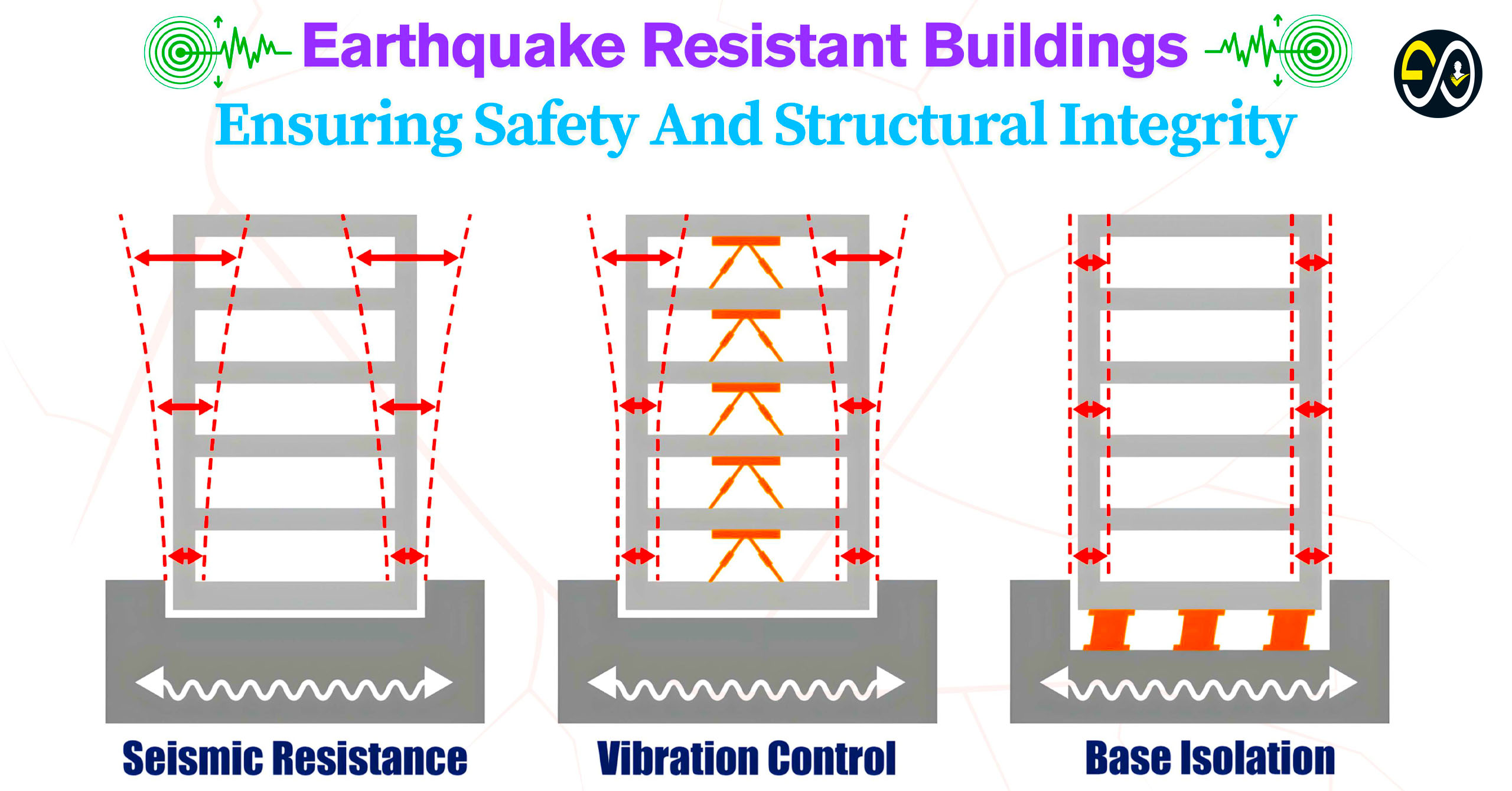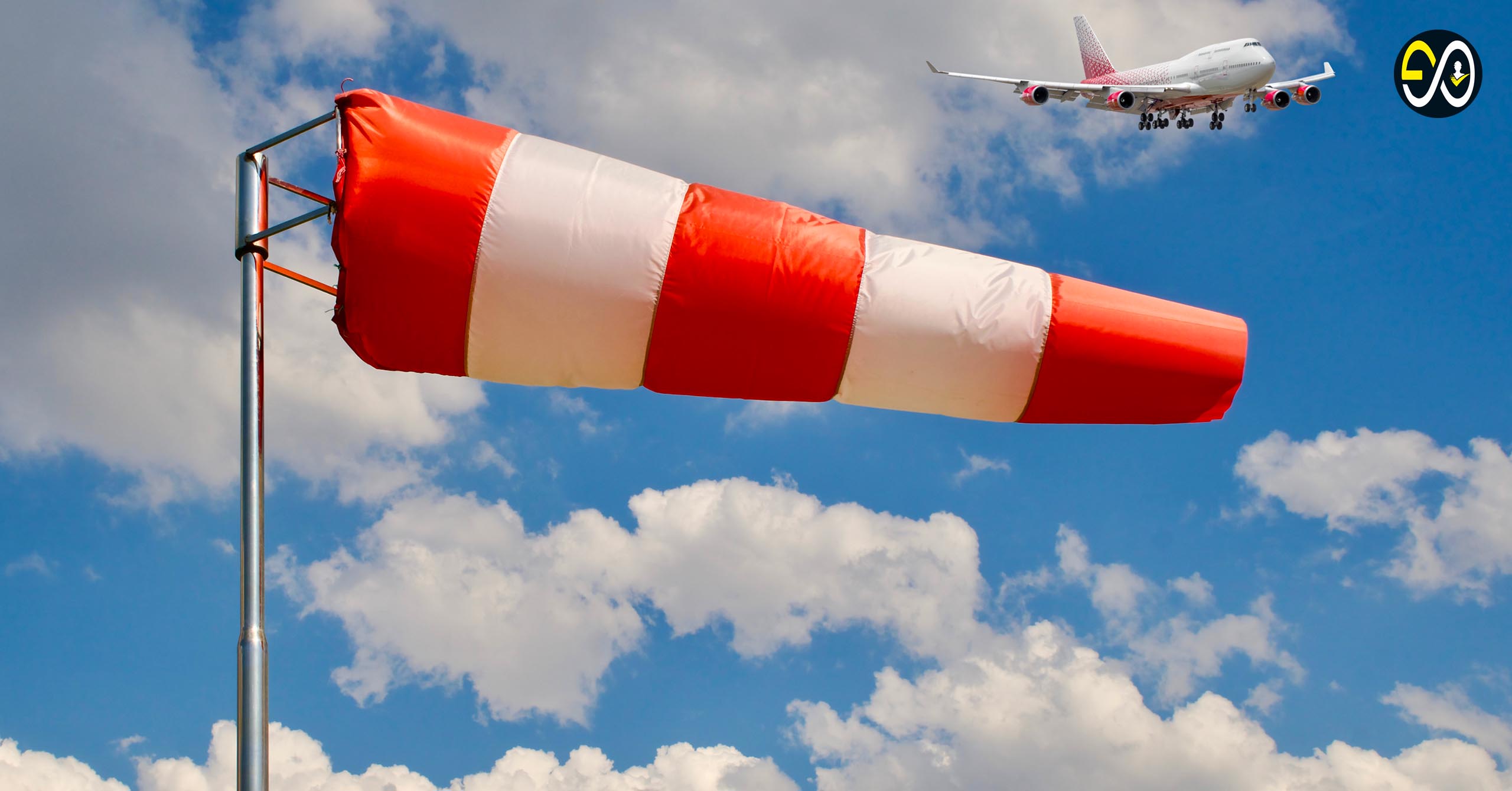
Introduction
A windsock is a critical tool in aviation, meteorology, and other fields where wind direction and speed must be assessed quickly and accurately. While it may appear as a simple device, understanding how to read a windsock effectively can provide crucial insights into wind conditions, helping in decision-making processes ranging from safe aircraft landings to ensuring optimal working conditions in industrial environments.
Table of Contents

What is a Windsock?
A windsock is a conical textile tube designed to indicate wind direction and relative wind speed. Windsocks are typically found at airports, helipads, and chemical plants as a visual tool to determine wind behavior. The open end of the windsock faces into the wind, while the tapered end points downwind, showing the direction from which the wind is blowing. In addition to direction, the windsock’s inflation level estimates wind speed.

Understanding Windsock Construction
Windsocks are usually made of durable, weather-resistant fabric such as nylon or polyester, designed to withstand the harsh outdoor elements. They are attached to a frame or ring at the open end, which allows them to pivot freely with the wind. The size and length of a windsock can vary, with longer windsocks providing more accurate wind speed readings. The bright colors, often orange and white, are chosen to enhance visibility against various backgrounds.
How to Determine Wind Direction Using a Windsock
Wind direction is one of the most fundamental pieces of information that a windsock provides. The process of determining wind direction is straightforward:
- Observe the Windsock’s Orientation: The open end of the windsock will always face the wind. The direction in which the windsock is pointing is the direction from which the wind is coming. For instance, if the windsock is pointing towards the north, the wind is blowing from the south.
- Confirm the Wind’s Source: To ensure accuracy, especially in variable wind conditions, it’s advisable to observe the windsock for a few moments to see if it remains steady or if it shifts direction. A steady windsock indicates consistent wind direction, while frequent changes suggest variable winds.
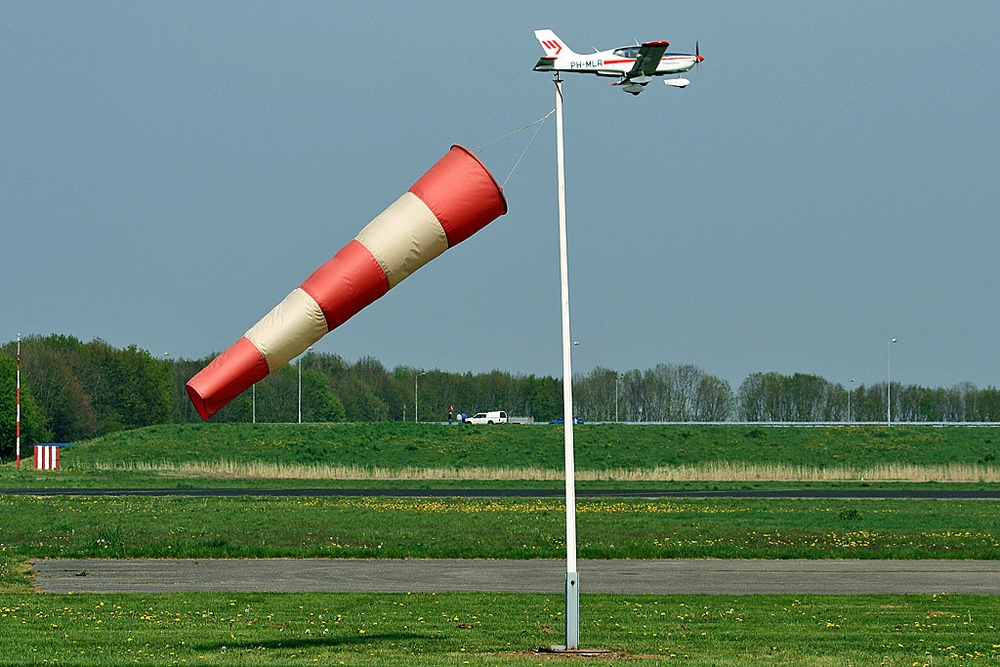
How to Estimate Wind Speed with a Windsock
Beyond indicating wind direction, a windsock also provides a visual cue for estimating wind speed. Here’s how you can gauge wind speed based on the windsock’s position:
- 1 stripe = 3 knots (3.5 mph / 5.6 km/h)
- 2 stripes = 6 knots (7 mph / 11.1 km/h)
- 3 stripes = 9 knots (10.4 mph / 16.7 km/h)
- 4 stripes = 12 knots ( 13.9 mph / 22.2 km/h)
- 5 stripes = 15 knots + (over 17.3 mph / 27.8 km/h)
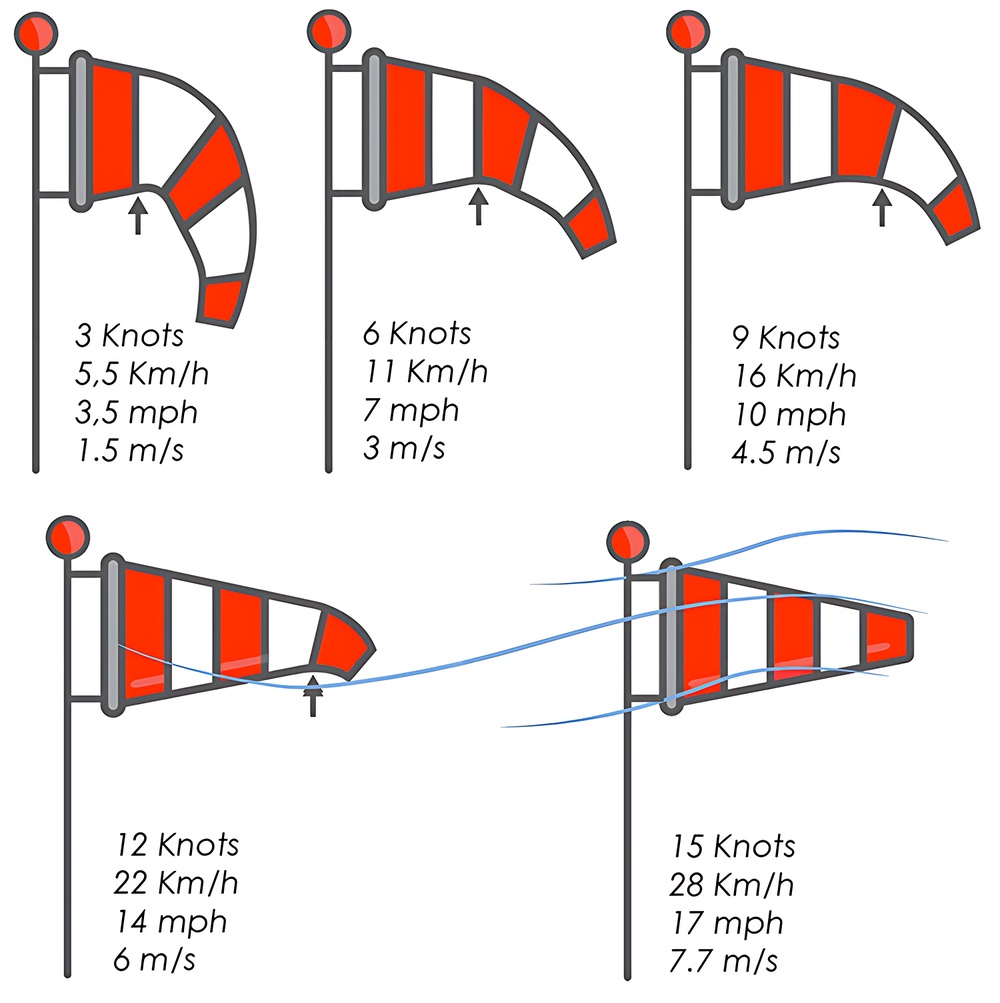
How to Properly Install and Maintain a Windsock
Proper installation of a windsock is key to ensuring accurate readings. The windsock should be mounted on a pole or mast in an open area, free from obstructions that could interfere with wind flow. The height of the pole can vary depending on the location, but it should generally be high enough to capture undisturbed wind patterns. At airports, for example, windsocks are often installed on poles that are 10 to 15 feet tall.
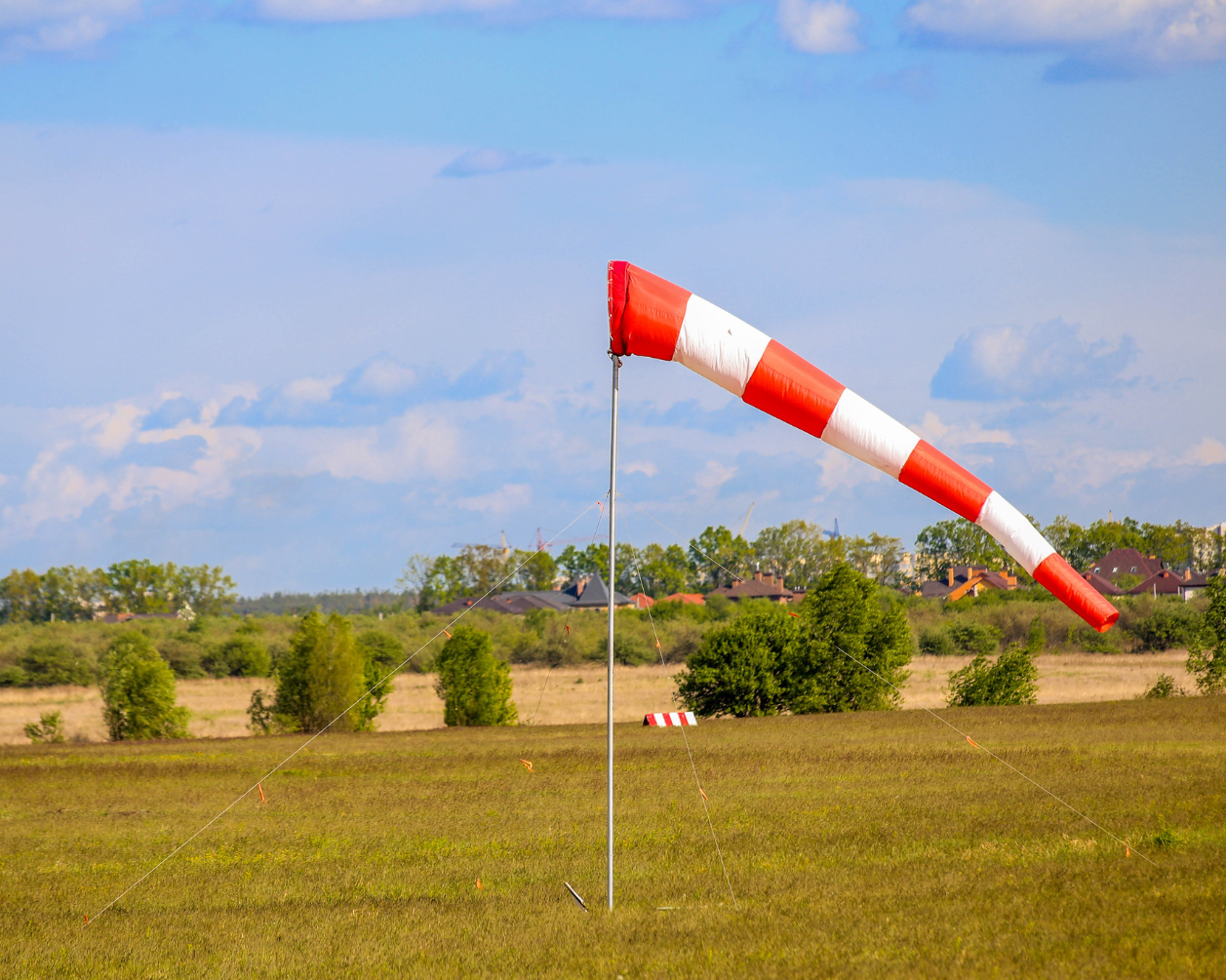
Other Specifications
The FAA suggests two possible sizes for a windsock: either 8 feet long with an 18-inch throat diameter or 12 feet long with a 3-foot throat diameter. The fabric used must be both water-repellent and resistant to fading.
The entire windsock system must function properly in temperatures ranging from -67°F (-55°C) to 131°F (55°C) and withstand wind speeds of up to 75 knots (86 mph).
The framework holding the windsock should be designed to keep the throat fully open even in calm conditions, allowing the windsock to pivot freely like a weather vane. This framework can include lighting for visibility, or the windsock itself can be lit from within.
